
Pole Nautique de Saumur, Saumur
Windsurfing, Stand-Up paddleboarding, Catamaran sailing and Kayak tours ranging from half day to several days can be taken with this canoe and kayak company based on the Ile Millocheau in Saumur.
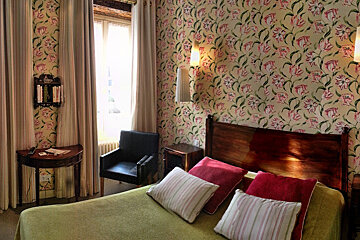
© Diderot Hotel, Chinon
Homely manor house. An absolute find
This lovely 18th century manor house has beautiful individually decorated rooms. A friendly place with lovely rustic fare and homemade jams, this is an absolute find. Close to Chinon centre, it has a great location too. Its status on Trip Advisor says it all.
Special attention has been paid to ensure the rooms are quiet, using soundproofing. The superior quality of bedding ensures a comfortable nights sleep.
In the morning, guests can enjoy locally produced cheese and honey, as well as French breads, brioche and croissants with their homemade jam selection. This can be enjoyed on the shaded terrace in the summer, or by the fireplace in the autumn. There are also gluten free options on request.

Windsurfing, Stand-Up paddleboarding, Catamaran sailing and Kayak tours ranging from half day to several days can be taken with this canoe and kayak company based on the Ile Millocheau in Saumur.
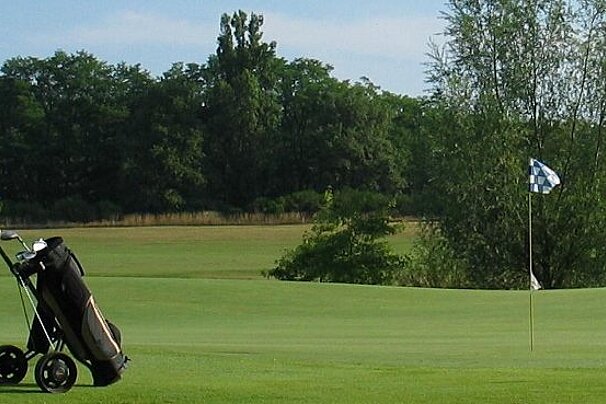
This relatively new course, set in beautiful Saumur, is a pleasant 9-hole round if you're searching for a change from historical monuments and châteaux.
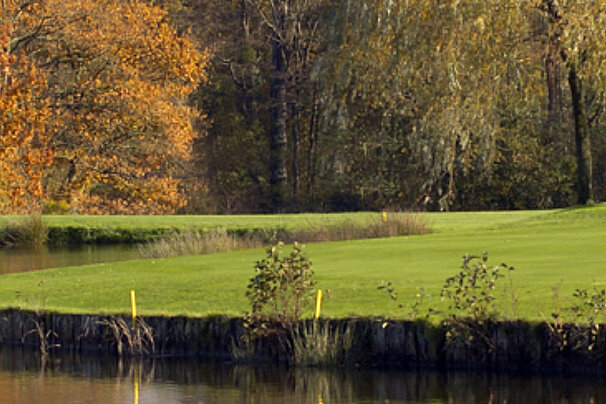
This golf course is part of the Blue Green group of golf courses.

Balloon Revolution offer flights over the Touraine region of the Loire Valley allowing you to discover its beautiful châteaux from the sky. Usually launching from the grounds of one of the châteaux, it's an unforgettable experience.

The golf course of the Château Cheverny has been constructed in the 142 hectares of the historic hunting grounds of the château.
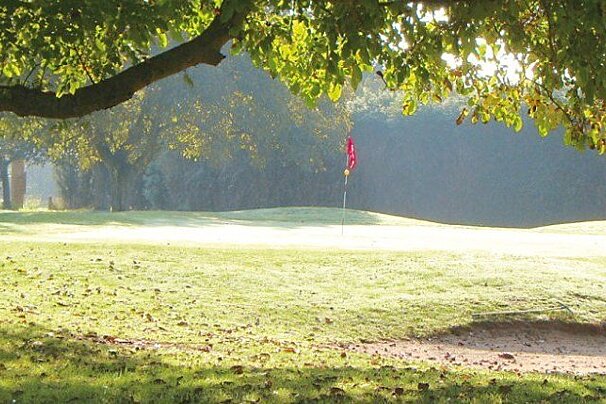
Located on the banks of the river Loire with Sancerre hill in the background, this course in the midst of century-old trees, ornamented by natural water hazards, is considered one of the most attractive golf courses in the centre of France. An 18-hole course with bunkers and water hazards which offer some interesting problems. There is also a pro-shop, restaurant, 6-hole practice course, driving range and putting green.
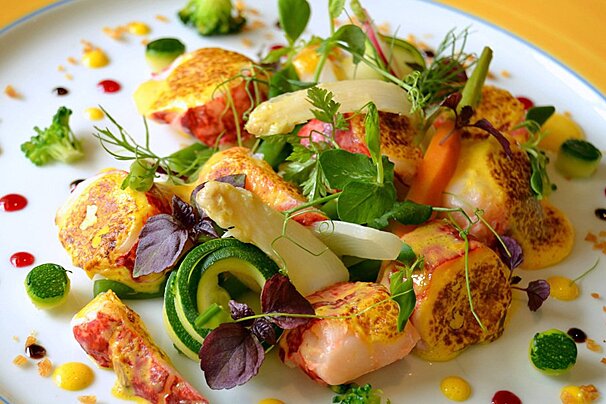
This excellent restaurant in Tours was named after the original chef and serves gastronomic delights from a contemporary ambitious menu. The talented Hervé Lussault now heads up the kitchen and was awarded a Michelin star in 1998. Lussault is also famed for his excellent bread. The restaurant is light and spacious, feeling luxurious and warm, and has a lovely garden for when the weather permits.
Young chef David Guitton gained worldwide training before taking on this restaurant in the grounds of the Domaine de la Bergarie winelands.
This restaurant, translated as The Fisherman's Place, offers an excellent selection of predominantly fish dishes served with locally grown vegetables. Christophe Cosme has earned a Michelin star for his dishes in this small spot in Blois.
This modern restaurant is located at the top of an art gallery and its floor-to-ceiling glass windows and terrace offer great views of the quays. Simple white chic tables and chairs with dark walls and a splash of colour give this place a fun trendy feel. The cuisine is modern European, with lots of excellent fish dishes.
This café-bistro is located in the centre of Saumur, right on the busy Place Saint-Pierre.
This fondue house and chocolatier has been running since 1913 serving pastries, macaroons and wonderful hand-made chocolates in its tea house. You can attend a chocolate-making demonstration and workshop.
Overlooking the crossroads of the three provinces of Anjou, Poitou and Touraine, the rocky spur upon which the royal fortress of Chinon stands is a strategic and much coveted location that has been occupied since Roman times. There has been a castle on the site since at least the 10th century when Theobald the Trickster, Count of Blois, built a tower there. But it was not until 1154 that Henry II, Count of Anjou and King of England, set the fortress on the road to its present grandeur. The fortress began its fall into decay in the 17th century, under the ownership of Cardinal Richelieu. Now, after four years of restoration work on a scale unprecedented elsewhere in Europe, the fortress has the military splendour and cohesiveness that it enjoyed in bygone days.
The 15th century country house where François Rabelais, the writer, doctor and humanist, lived is now a museum to his life and works. Located in Seuilly, it houses sketches of the writer, describes medicinal plants talked about in his works and even has a shop selling wine from the vineyards in the grounds.
This sleeping beauty château, overlooking the Indre river, is thought to have inspired the children's book written by Charles Perrault in the 17th century. Parts of the existing château date back to the 15th century - unfortunately all aspects from earlier dates have been destroyed. However, this picture-book Gothic château with some Italianate features is in immaculate condition. Its interior has been maintained in authentic style and it has a sumptuous king's chamber decorated in gold leaf, just in case a king happened to be passing and drop in!
This vast royal abbey was founded in 1101 by Robert of Arbrissel, a preacher from Brittany. Its monastery buildings are Romanesque in design and were built to house 300 nuns. The abbey church, with its pristine white interior, was not completed until 1160. Having housed royal abbesses, its fortune changed and, from the early 19th century, it was turned into a prison before being donated to the French Ministry of Culture in 1960.
Between Saumur and Chinon, on the hillside along the Loire River, you will find Le Saut aux Loups. It was favoured in prehistoric times by men and wolves who found a home here. Since the Middle Ages, there have been limestone quarries in the hillside for the stone required to build the châteaux the region is so famous for. The quarrymen also built the troglodyte houses as lodgings and these have been preserved in their original state here at Le Saut aux Loups. The caves are now home to extensive mushroom production lines and here you can visit their 800 metres of underground galleries before trying the speciality of the house, galipettes, delicious stuffed mushrooms, in their restaurant.
At the end of the 10th century Foulques Nerra conquered the site of Langeais and established a château on the promontory. All that remains of the original château are a few traces of the keep. During the second half of the 15th century, Langeais was considered a strategic site. Charles VII's son, Louis XI, therefore decided to build a château there in the face of hostilities from a group known as the League for the Public Weal; dissidents from the high aristocracy. Importantly in 1491, the château was the scene of the dawn wedding between Charles VIII (Louis XI's son) and Duchess Anne of Brittany. The marriage put an end to the strife between France and Anne's independent duchy and paved the way for Brittany eventually being incorporated formally into the French kingdom.